No one does things exactly like your business does…but if a prospective customer looked at the websites of your top 10 competitors, would they know that? How do you stand out? There tends to be a lot of overlap in design aesthetics between competing businesses who share an industry. And for good reason; they are logical, practical choices that help associate their business with a product or service. But that doesn’t do a company any good if a prospect can’t differentiate within the sea of similarities.
Oil and Gas
Let’s take the oil and gas industry for example. The two overlapping consistencies that we’ve seen the most in this space are the color blue and the heavy use of oil derricks in design work. Logically, this makes sense. Derricks are easily identified as an element that communicates what the company does. In addition, one of the most universally-appealing colors on the spectrum is blue, and it is often associated with stability, balance and control; all things that are essential to this line of work.
If you want to differentiate yourself from the crowd, expected and essential might not be the ideal play. So, what is the alternative? Literal imagery that visually communicates the action behind the brand is a great tool for brand recognition, but instead of opting for the most obvious choice, consider other elements that could speak to a different characteristic of your business.
For example, ProSep is an industry-leading, technology and service provider for integrated process solutions to the global energy industry. Their logo uses circular elements of water and color differentiation to illustrate separate components working together toward a common goal.

Another example comes from Ultra Blend Solutions, a chemical pumping company that specializes in powder friction reducers for the hydraulic fracturing, stimulation and coil tubing industries. In a recent logo redesign project, Raven Creative partnered with Ultra Blend to create a memorable, crisp and easily identifiable logo to differentiate the brand.

Non-Traditional Web Fonts
In the world of modern web design, there are an abundance of font options, unlike many html-based marketing automation platforms that go rouge when you veer too far outside the font box. Now, just as clarity needs to come before cleverness, legibility needs to come before aesthetics here. But thanks to services like Google Fonts and Adobe Fonts, the world has come a long way from Arial and it is possible to incorporate crisp, easy-to-read fonts that you won’t find repeated on every site from here to, well everywhere. Some of our favorite font-pairing combinations include Prohibition Regular and Open Sans, Bely Display and Anzo Sans, and Montserrat and Upgrade.

And because all operating systems are not created equal, it is important to have a web-safe back-up font that will show up in the event that your custom font doesn’t play nice with a user’s device. Have you ever stumbled upon an otherwise beautifully designed site, that is interrupted by Times New Roman text haphazardly thrown in? That’s likely because a web safe alternative was not appointed on the back end of things, so your operating system defaulted.
Double Down on Digital
Even though just about everyone (and their grandparents) carry around pocket-sized computers with them at all times, there are still many industries that don’t have a strong digital presence outside of a basic website. If this is true of your niche, you’ve got a great opportunity to take put some major stakes in the land of virtual real estate.
Does your business have a social media presence? If the answer is yes but the last post is six months back and the account isn’t actively monitored…the answer is really no. Beyond social media and a company website, digital marketing includes strategic action in other online channels that make sense for your business, such as email marketing, paid and organic search, blogs, display ads and voice search.
While you may think that your organization is too specialized to create content for digital channels, as long as there are people who have a need for your product or service, there is a way to engage with them digitally. The trick is to start small, get good at it, and then widen your net. It’s better to be fewer places effectively than everywhere without purpose.
Video, Video, Video
While this falls into the digital category, it warrants its own section in this conversation. 85 percent of businesses use video as a marketing tool, and for good reason. Of that same data pool:
- 87 percent say video has increased traffic to their website.
- 81 percent say video has increased the average time visitors spend on a page.
- 95 percent say video has helped increase user understanding of a product or service.
- 83 percent say video has helped them generate leads, and 80 percent can make a direct connection from video to increased sales. (Wyzowl, 2020)
The initial investment to get started can be a bit high when purchasing equipment such as a tripod, microphone, lights, a high-quality camera or phone, etc., but it is worth it in the long run. It’s a tired saying, but people don’t buy from businesses, they buy from people. Videos put a face to your company, even if what you do isn’t consumer facing or is particularly technical. People humanize even the most niche of brands, and there are countless ways to leverage video for your business.
The Bottom Line
In a sea of competition, you have options to not only keep your head above water, but to stand on it. Smart design that supports your business goals is a great way to make a splash. Ready to make some waves? Let’s talk.





